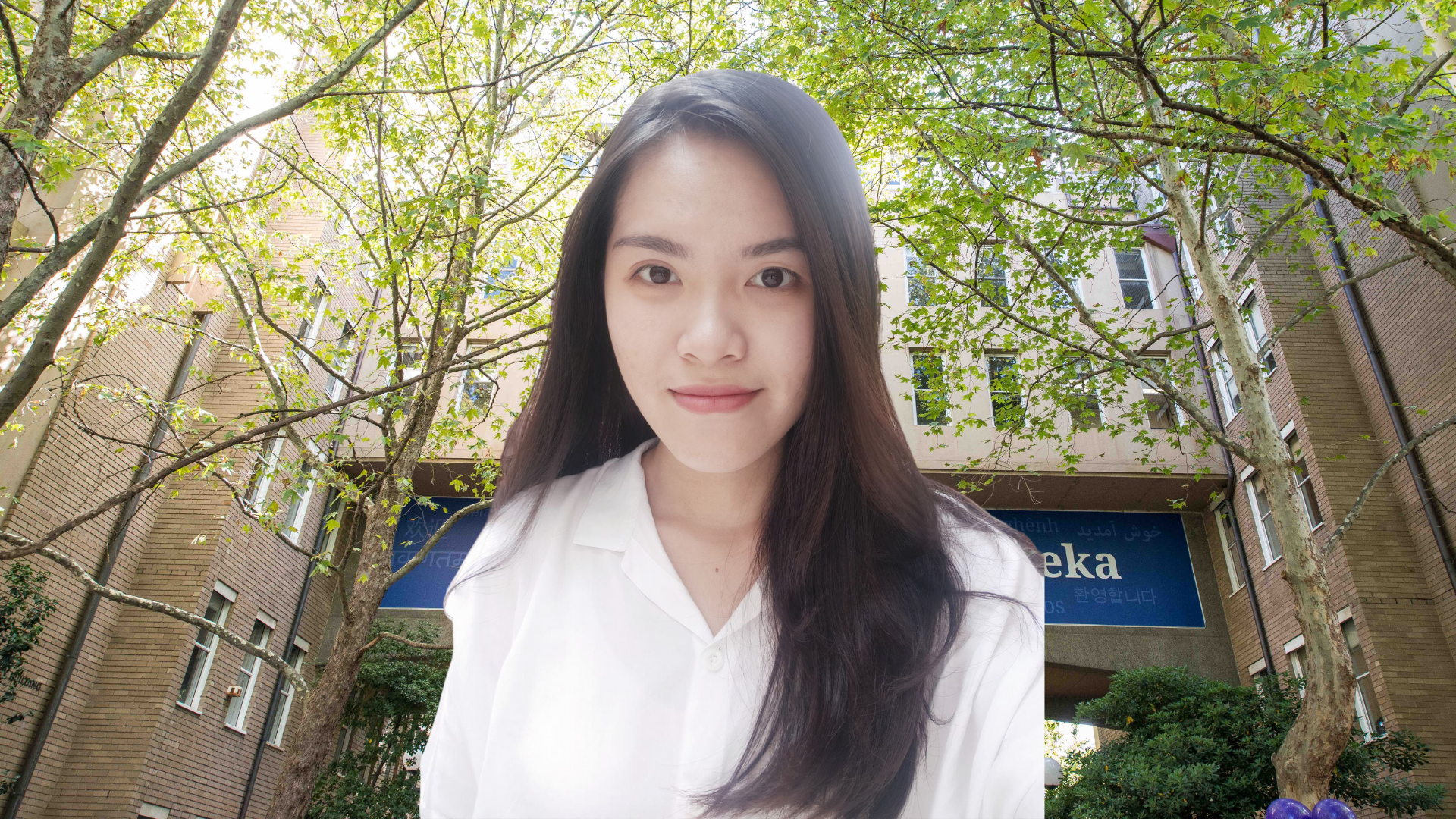2 Minute read
This project examines the potentially harmful effects of volatile silicon compounds. They are found in personal care products and are spread to humans and the environment.
This project examines the potentially harmful effects of volatile silicon compounds. They are found in personal care products and are spread to humans and the environment.
This project aims to answer the following questions:
- How are volatile silicon compounds transformed and removed after they enter the air through our daily use?
- What chemical products do these compounds ultimately transform into?
- How do these compounds affect human health and the environment?
The details
This project aims to investigate the atmospheric chemistry of the volatile silicon compounds present in personal care products. Daily use of products such as shampoos, deodorants and lotions releases these compounds into the air. As personal care products are mainly kept indoors, it is important to understand how volatile silicon compounds affect indoor air quality and if they affect our health.
The project has a theoretical component and an experimental component. The theoretical component will involve computational chemistry tools and statistical reaction rate theory modelling. Some of this work will require the use of high-performance computing systems through Research Computing Services. The experimental component will involve spectroscopic techniques like fluorescence assay by gas expansion (FAGE) and continuous wave cavity ring down spectroscopy (cw-CRDS). These techniques will be performed at the University of Lille.
Graduate researcher profile: Thi DT Nguyen

What did you do before you started your PhD?
Before I started my PhD, I obtained a Bachelor of Science degree in biochemistry from the Vietnam National University of Ho Chi Minh City (International University). I then continued working as a research assistant at the university after graduation. I have been working on the development of a theoretical kinetic model for biofuel-related chemical reactions since my undergraduate degree. This experience ultimately sparked my interest in reaction kinetics. I’m especially interested in how reaction kinetics can be applied to improve both the environment and human health.
What are the challenges of your research role?
As a joint PhD candidate, I had to adjust to the culture, formalities and research conventions of two universities. I also had to figure out how to stay connected and communicate effectively with two different research groups. Because my project is a combination of theory and practical experiments, I have to understand both elements really well and integrate them to answer the main research questions.
What is the best part of your research role?
The best part of my research role is being able to meet and work alongside researchers from the University of Melbourne, the University of Lille and the broader Melbourne-CNRS Network.
Where do you wish to go after your PhD? Do you want to enter industry or continue doing more research?
After my PhD, I want to work in academia in a chemistry-related role. I am interested in teaching, and also wish to continue doing research on environmental and health issues.
Supervision team
University of Melbourne: Dr Gabriel da Silva
CNRS: Dr Christa Fittschen
First published on 24 March 2022.
Share this article
Keep reading
-
Understanding how colorectal cancer resists treatment by studying netrin-1
This research project will study how the protein netrin-1 helps colorectal cancer cells resist therapy.
-
Role of tissue mechanics regulating seed growth
This research project examines the role of tissue mechanics in regulating seed growth.
-
Melbourne-CNRS Network (MCN)
Partake in impactful research with France’s leading scientific research organisation. France
-
International Collaborative Research Academies
IRTGs are cohort-based programs where graduate researchers enrol at both the University of Melbourne and an international partner university.